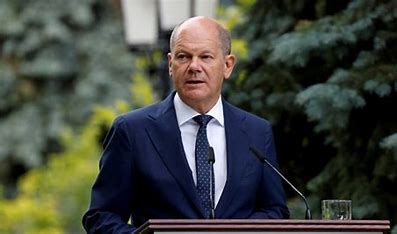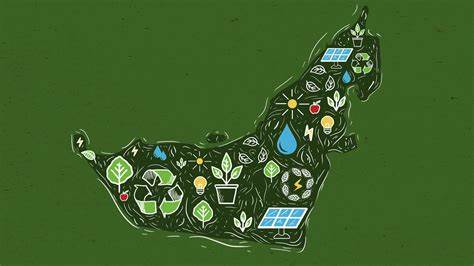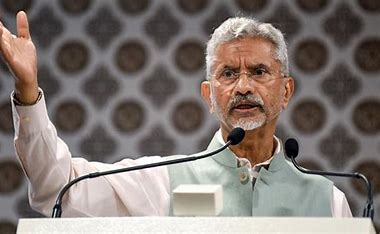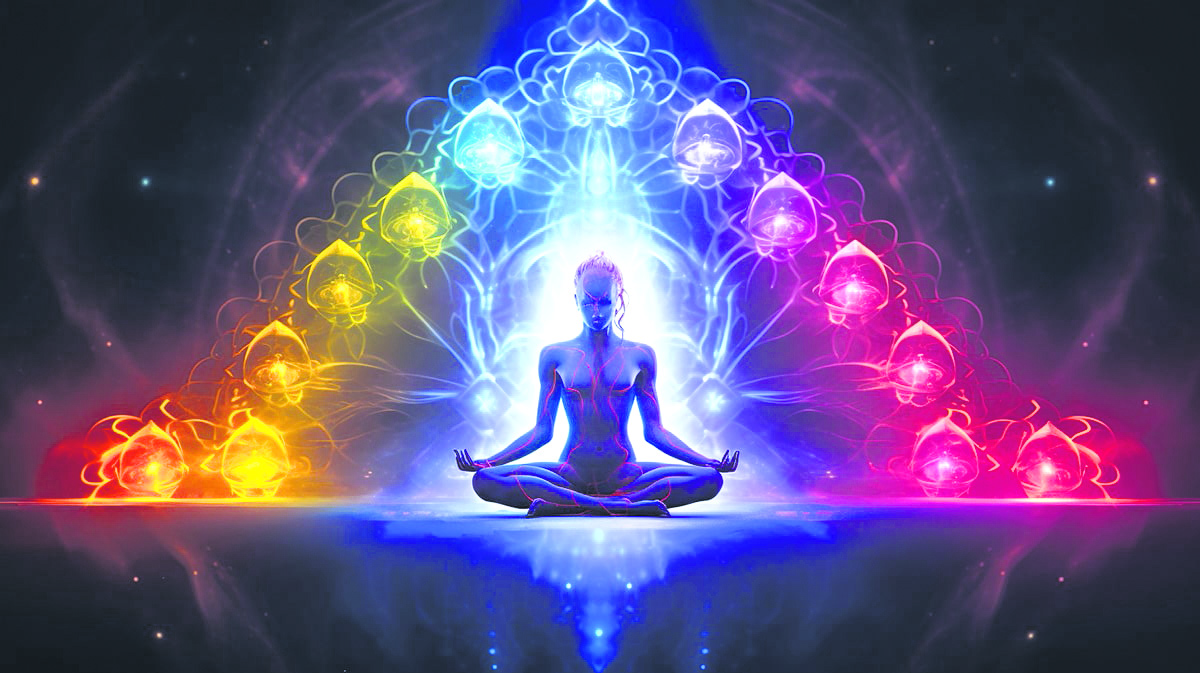
Chakras are the energy centers of the body, according to Hindu and Yogic beliefs. The concept of chakras has its origins in ancient Indian spirituality and alternative medicine.
The central channel of the body, which extends from the tailbone to the crown of the head, is typically thought to be comprised of seven primary chakras. There are specific characteristics, functions, and feelings associated with each chakra. Here’s a rundown of what each chakra represents:
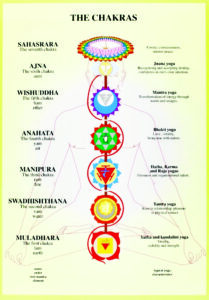
- The Rootchakra (Muladhara) is located at the base of the spine and is the source of our physical vitality, instinct for survival, and stability.
- The Svadhisthana, or sacral, chakra is in the lower belly and governs expression, sexuality, emotion, and connection with others.
- The Solar Plexus Chakra (Manipura) is inthe upper belly and represents one’s power, confidence, sense of worth, and ability to change.
- The centreof the chest houses the heart chakra (Anahata), which represents unconditional love, compassion, forgiveness, and the ability to overcome emotional wounds.
- The Vishuddha, or Throat, Chakra governs our ability to communicate clearly and openly.
- Located in the space between the brows, the third eye chakra (Ajna) is the seat of intuition, clear thought, profound understanding, and enlightenment.
- Sahasrara, or the Crown Chakra, represents spiritual enlightenment and the ability to see the big picture.
It is believed that a healthy life depends on the energy flowing freely through these chakras. Meditation, yoga, breathwork affirmations, and other forms of energy healing all work towards the same end—the alignment and balance of these chakras for greater physical, mental, and spiritual health.
Harmony refers to a condition in which all parts of one’s life agree and balance with one another. It requires coordinating and harmonizing one’s relationships, one’s physical routine, and one’s surroundings. Harmony is a state of equilibrium in which all parts of one’s life work together in a complementary fashion. The steps involved are introspection, the practice of mindfulness or meditation, prioritization, boundary-setting, and the adoption of a more all-encompassing view of health. When there is peace and harmony, people are more at ease and happier in their daily lives.
When your Kundalini rises
Kundalini awakening and chakra activation are often seen as related phenomena in yogic and spiritual practices. Kundalini is a slumbering spiritual energy said to be coiled like a serpent at the base of the spine.
Awakening this energy leads a person to have profound spiritual realizations and transformations as it travels up the body’s energy centers or chakras. Different spiritual traditions may employ different procedures for awakening the Kundalini and activating the chakras. Here are some common methods and recommendations for carrying it out successfully.
- The prana (life force energy) in the body can be directed and regulated through the practice of pranayama and other forms of breathwork. This has the potential to stimulate the Kundalini.
- Asana practice is the practice of physical yoga positions that improve health and energy flow by targeting and releasing tension and stress from the body. Some yoga poses, like spinal twists and those that engage the lower belly, are supposed to be particularly effective at stimulating the area where Kundalini is thought to reside.
- It is widely held that Kundalini awakening and chakra activation can only occur through consistent meditation practice. Various forms of meditation, such as mantra chanting or concentrated visualization, can help to still the mind and heighten sensitivity to subtle energies.
- The energy centers can be profoundly affected by chanting mantras or using specific sounds and vibrations. Sacred sounds, such as “Om” or the bija mantras that correspond to the seed sounds of each chakra, can aid in the energisation and balancing of these energy centers.
- Using visualization techniques, such as imagining holy energy rising from the base of the spine to the crown of the head, can facilitate the movement of Kundalini energy. Energy practices, such as Reiki or Qi Gong, can also help with the awakening process.
Keep in mind that Kundalini awakening, and chakra activation have the potential to be profound and transformative experiences. It is recommended to consult with an expert who can provide you with the necessary instruction and assistance during the process.
In spirituality and yoga, “Kundalini” refers to the dormant energy that lies at the base of the spine. Traditional wisdom holds that when Kundalini energy awakens, it rises through the spinal column, activating and balancing the body’s energy centers, known as chakras. This practice is frequently linked to profound spiritual awakening and transformation.
The effects of a Kundalini awakening can vary greatly from person to person. Deep connections with the divine, enhanced intuition, heightened states of awareness, and profound spiritual experiences are all possible for some people. Others may experience significant physical, psychological, and emotional changes, as well as relive past traumas or deal with issues that need to be addressed to heal. It’s important to keep in mind that the Kundalini awakening process can be intense and even frightening for some people.
It is common advice to find a seasoned spiritual teacher or guru who can help guide one through this transformative process. If not channeled properly, Kundalini’s energy can manifest as both physical and mental illness.
Following are some typical Kundalini awakening experiences and outcomes
- Physical sensations include hat-tingling vibrations and energy movements throughout the body or in the spine.
- Emotional release is a cathartic process of profound emotional letting go, involving the discharge of fears, emotional barriers, and prior traumas.
- Heightened states of awareness enhance perception and provide profound spiritual insights.
- Developing psychic powers: improving clairvoyance, telepathy, intuition, and other psychic talents
- Transformation on the spiritual level: a stronger connection to the divine, emotions of union and oneness, and a clear sense of direction.
- Healing: By releasing stowed energy and addressing ingrained problems, Kundalini awakening can bring about healing in one’s physical, emotional, and spiritual parts.
- Challenges and purification: As an energetic process, challenges and purification may also be part of the Kundalini journey.
You might attempt the following techniques to clear and balance your chakras
- Meditation: Take a comfortable seat, close your eyes, and concentrate on each chakra separately, working your way up from the root chakra. Think of each chakra as a clear, colourful, and balanced spinning wheel of energy. Imagine any bad or stagnant energy being released and replaced by new, uplifting energy.
- Repeat the affirmations for each chakra in the chakra affirmations list. Affirmations can help reinforce positive thoughts and goals connected with each chakra. For instance, for the root chakra, you may repeat, “I am grounded and secure,” while for the heart chakra, you may repeat, “I am open to giving and receiving love.”
- Energy Healing: Seek the help of an energy healer who specializes in chakra balancing; they can utilize a variety of methods, such as sound therapy or Reiki, to help you clear and balance your chakras.
- Physical Activity: Perform physical exercises that target each chakra, such as the Mountain Pose for the root chakra or the Camel Pose for the heart chakra, to help energize and balance the respective energy centers.
- Crystal Therapy: Place the crystals on their corresponding chakras or carry them with you throughout the day to balance and cleanse each chakra. For example, amethyst is frequently used for the crown chakra, citrine for the solar plexus chakra, and rose quartz for the heart chakra.
- Aromatherapy: Diffuse or apply essential oils to your body while taking deep breaths to inhale their aromatic properties. Each chakra has specific essential oils associated with it, such as patchouli or vetiver for the root chakra and lavender or chamomile for the crown chakra.
Experiment with different ways and find what works best for you, but keep in mind that constant practice and self-awareness are vital for maintaining balanced chakras.




